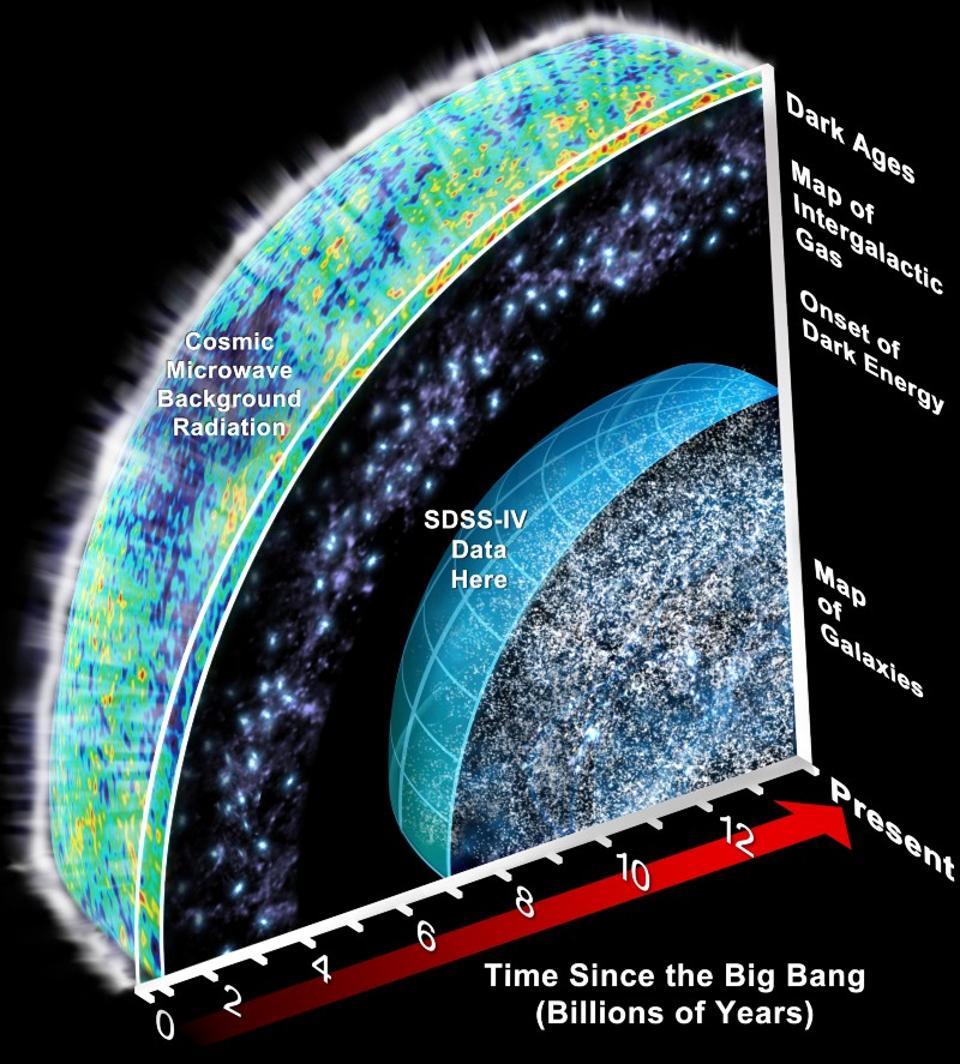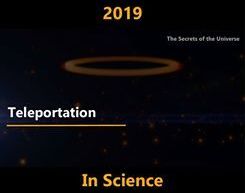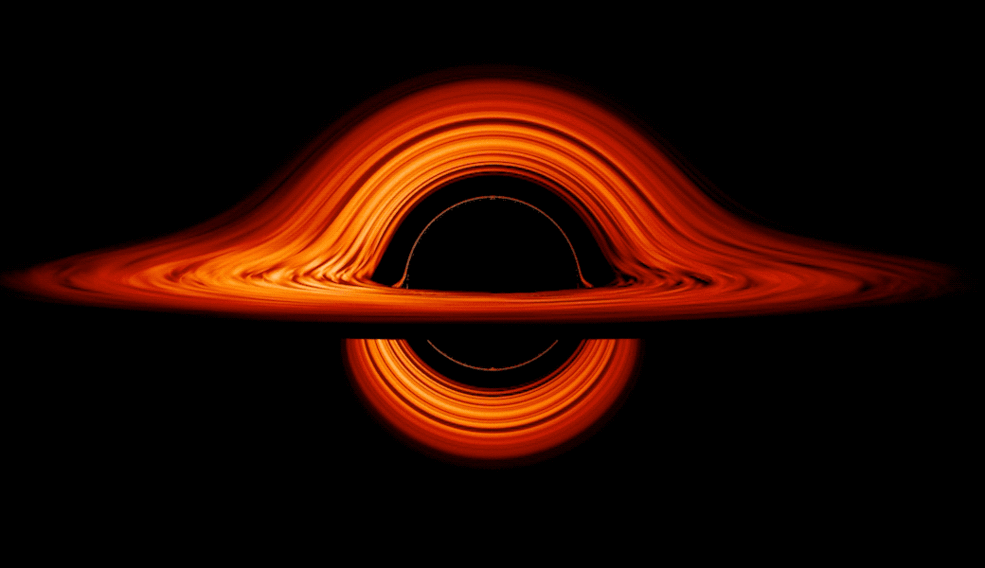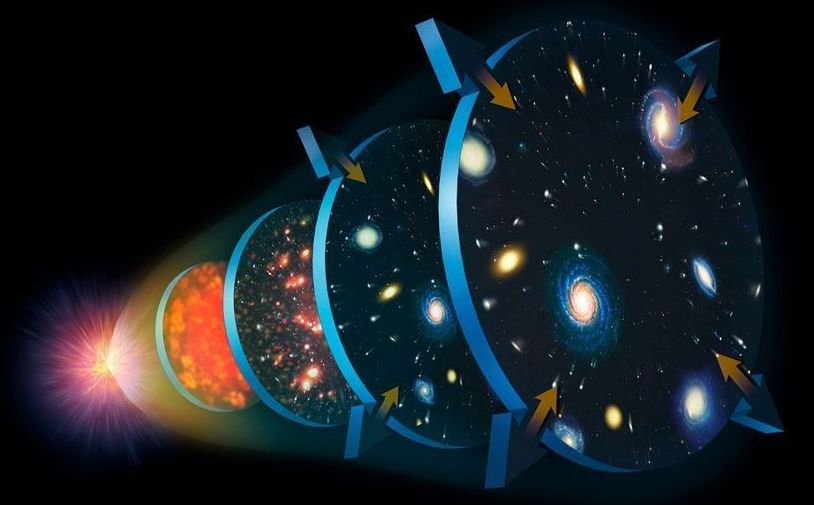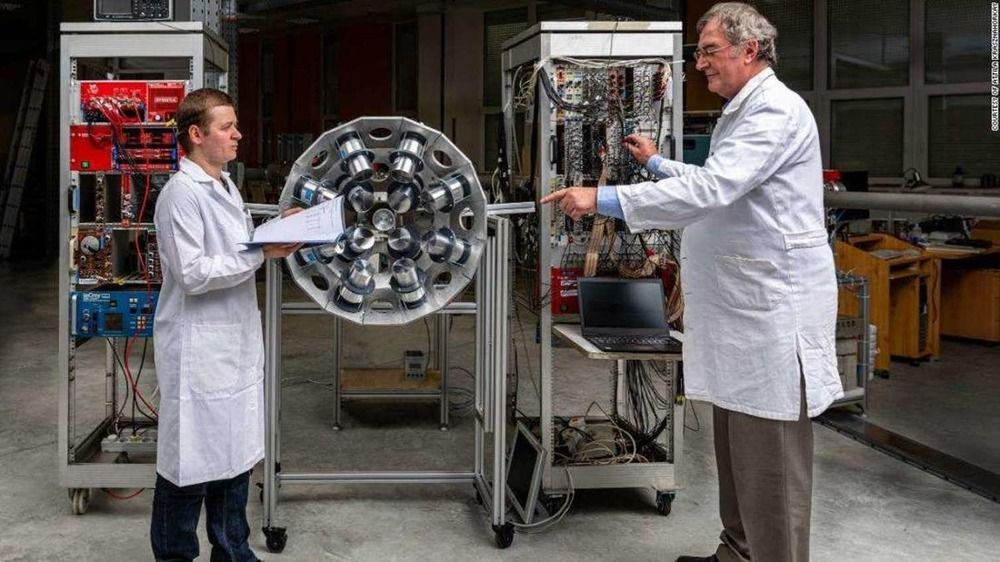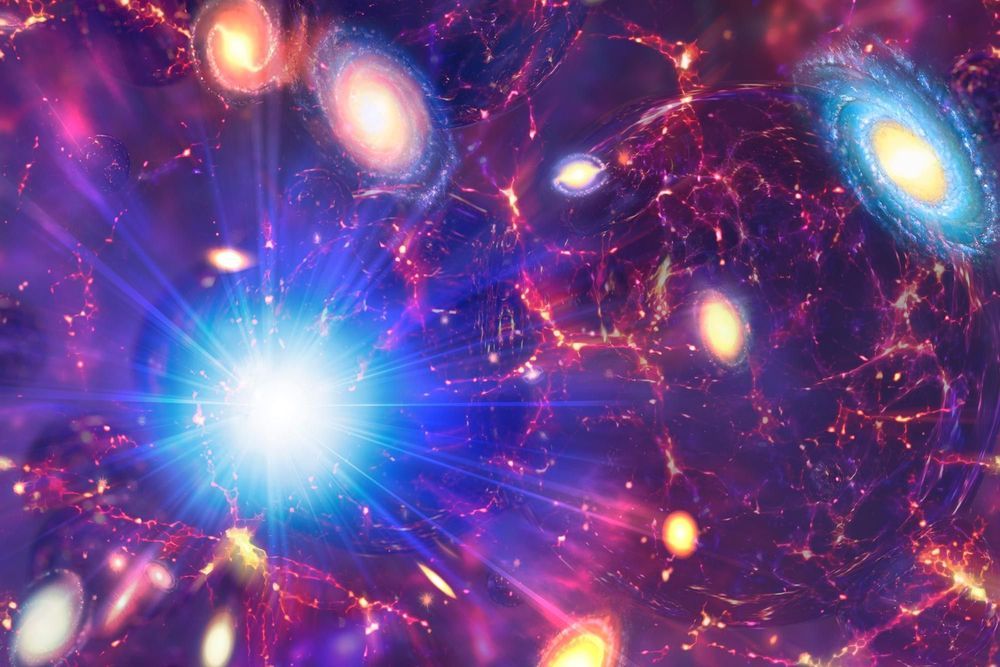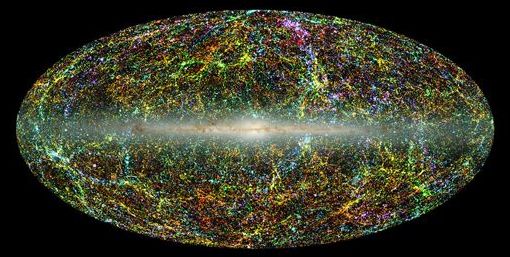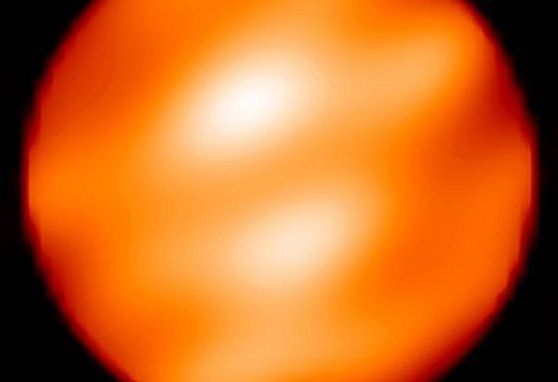Jan 1, 2020
This Is How The Universe Changes With Every New Year That Passes
Posted by Quinn Sena in category: cosmology
With each new year that comes upon us, there are a slew of new events awaiting us not only here on Earth, but throughout the entire observable Universe. Despite all appearances that things don’t change very much, particularly on cosmic scales, our planet, the Solar System, the galaxy, and even the entire Universe all undergo significant metamorphoses that are not only detectable, but that cumulatively add up as time goes on.
It might be easy to notice the major events as Earth orbits the Sun, such as the changing moon phases, eclipses, meteor showers, and comets passing through our skies. Variable stars change their appearances, new stars form, and old stars die. Occasionally we’ll even witness a cataclysmic event, such as a supernova, black hole merger, or gamma-ray burst. But even a single year can herald some amazing ways our Universe is forever altered.
